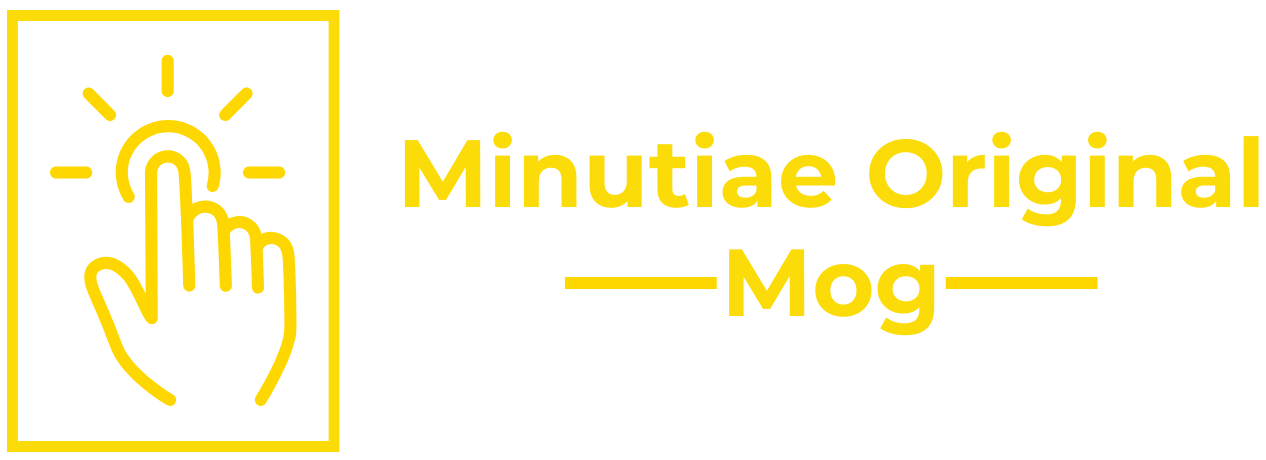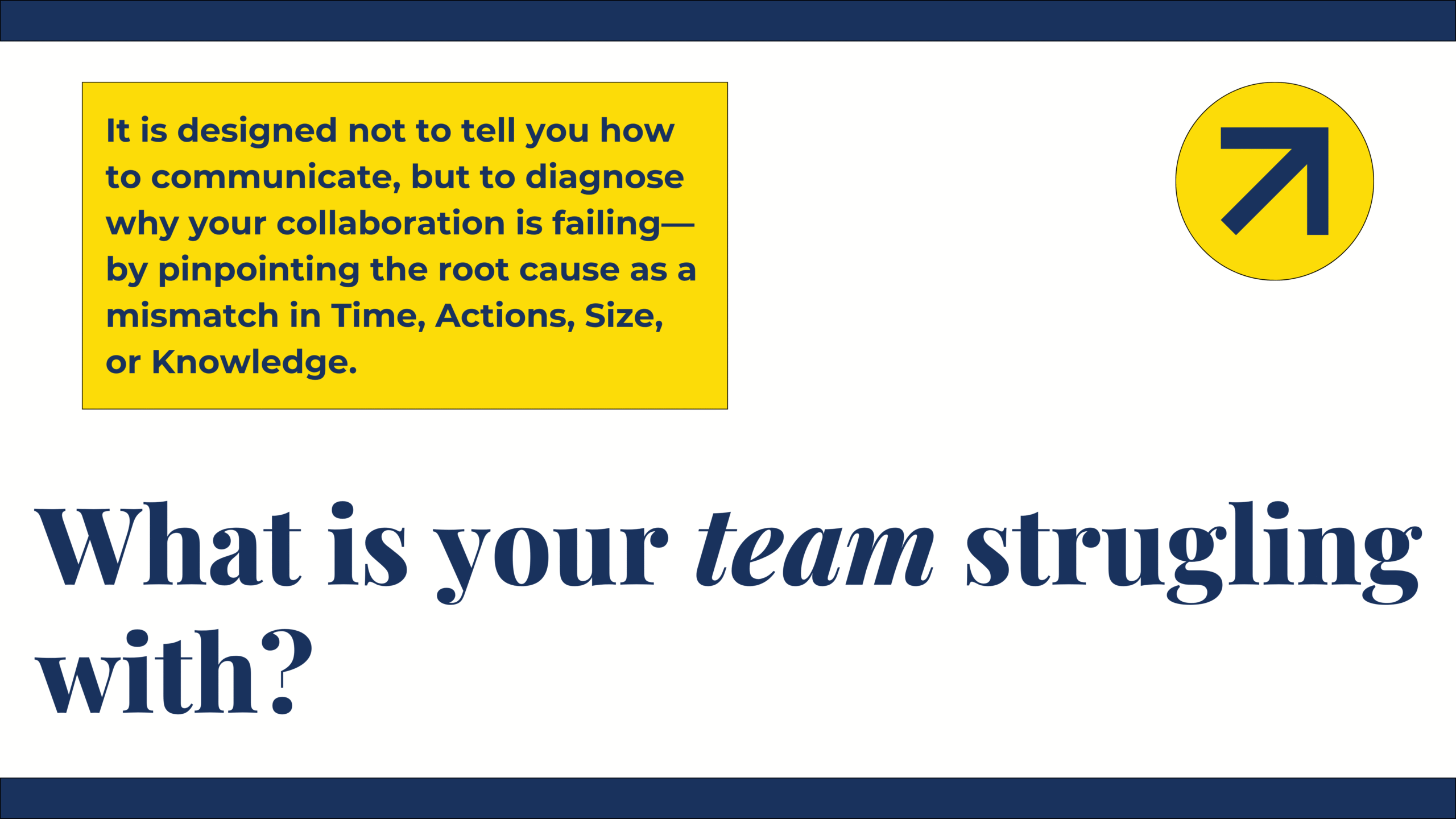The TASK Framework is the world’s first collaborative framework for collaborative friction. Developed by Mog Favour Musonda.
Picture the scene: the conference room is silent. A project that was once full of promise is now dead in the water. You, as the leader, feel the pressure to have the answer. Your instinct is to jump in, take over, and dictate the next steps. But this often leaves your team disengaged and dependent, solving the immediate crisis but not building their long-term capability.
What if you had a different tool? Instead of providing the answer, what if you could unlock your team’s own innate problem-solving power?
In my book, The Leader Factory, I introduce The TASK Framework as a way to do just that. It provides a common, non-blaming language for diagnosing problems. The framework translates into four powerful questions you can ask the next time your team is stuck. These questions shift the dynamic from you being the “sage on the stage” to the “guide on the side.”
- The Time Question: “Help me understand what’s taking priority for you right now? I want to see where this fits.”
- Why it works: This doesn’t accuse them of poor time management. It seeks to understand their world. Their answer will reveal if they are juggling another urgent project, if they misunderstand this task’s importance, or if there are unseen administrative burdens in their way. It opens a conversation about resource allocation, not personal failure.
- The Actions Question: “What would make more sense to you from your perspective?”
- Why it works: This is a powerful alternative to simply re-explaining your own logic. It invites them into the problem-solving process and uncovers misalignments in purpose or method. Their perspective might reveal a more efficient path or a critical flaw in the plan that you hadn’t considered.
- The Size Question: “How could we break this down into a more manageable first step?”
- Why it works: This question acknowledges their feeling of being overwhelmed and immediately makes you their ally. The word “we” is crucial. It collaborates on the solution, breaking the monolithic task into a first step that feels achievable, thus defeating paralysis and building momentum.
- The Knowledge Question: “What part of this are you most confident with, and where would you like to start learning?”
- Why it works: This reframes a knowledge gap from a weakness into a learning opportunity. By starting with what they are confident in, you build from a position of strength. It creates psychological safety, allowing them to pinpoint the exact area where they need support, training, or resources.
These questions transform a complaint from a dead-end into a doorway. They demonstrate that you care about the person’s perspective and capacity, not just their output. By consistently using this diagnostic approach, you build a resilient culture where problems are simply puzzles to be solved together.

